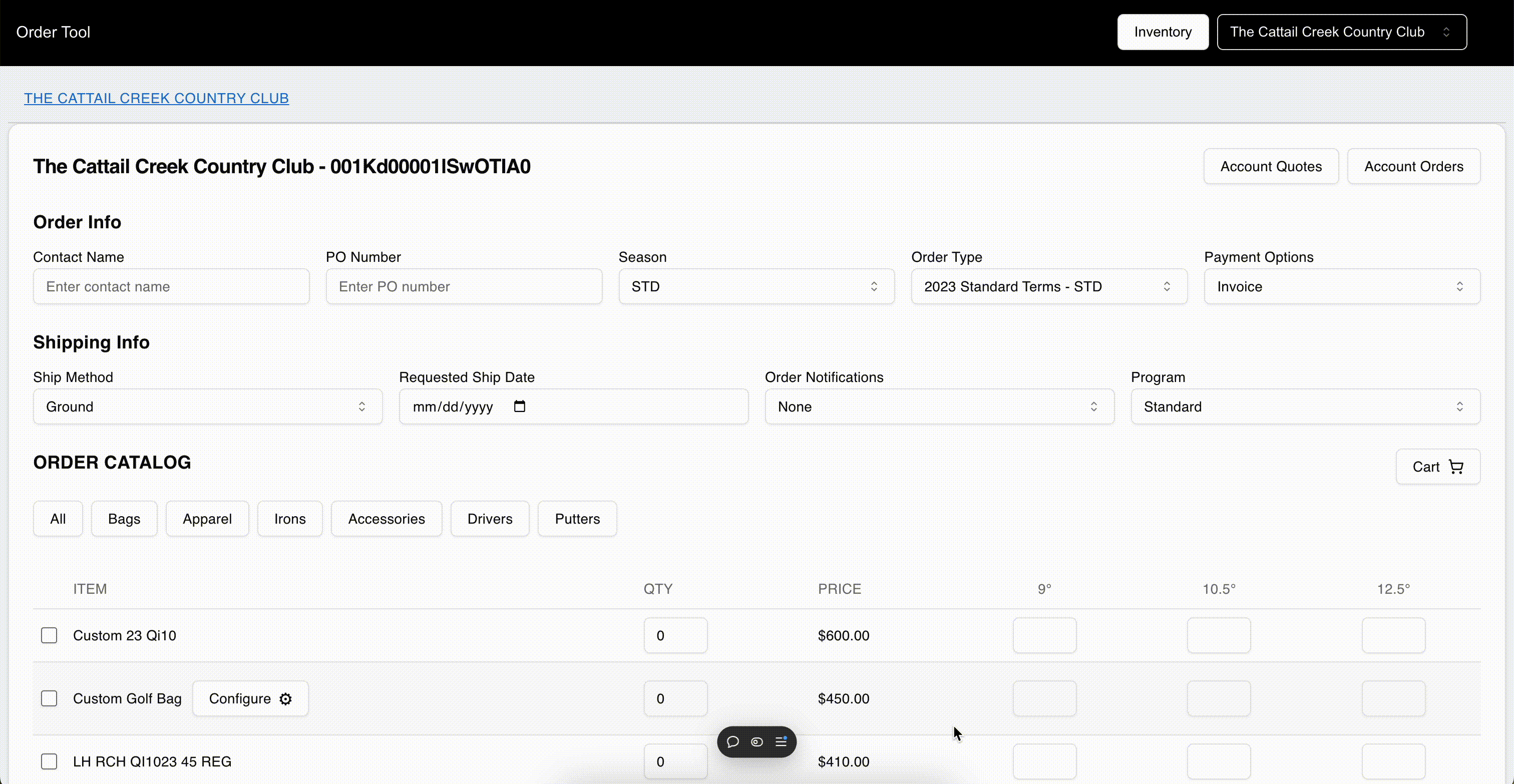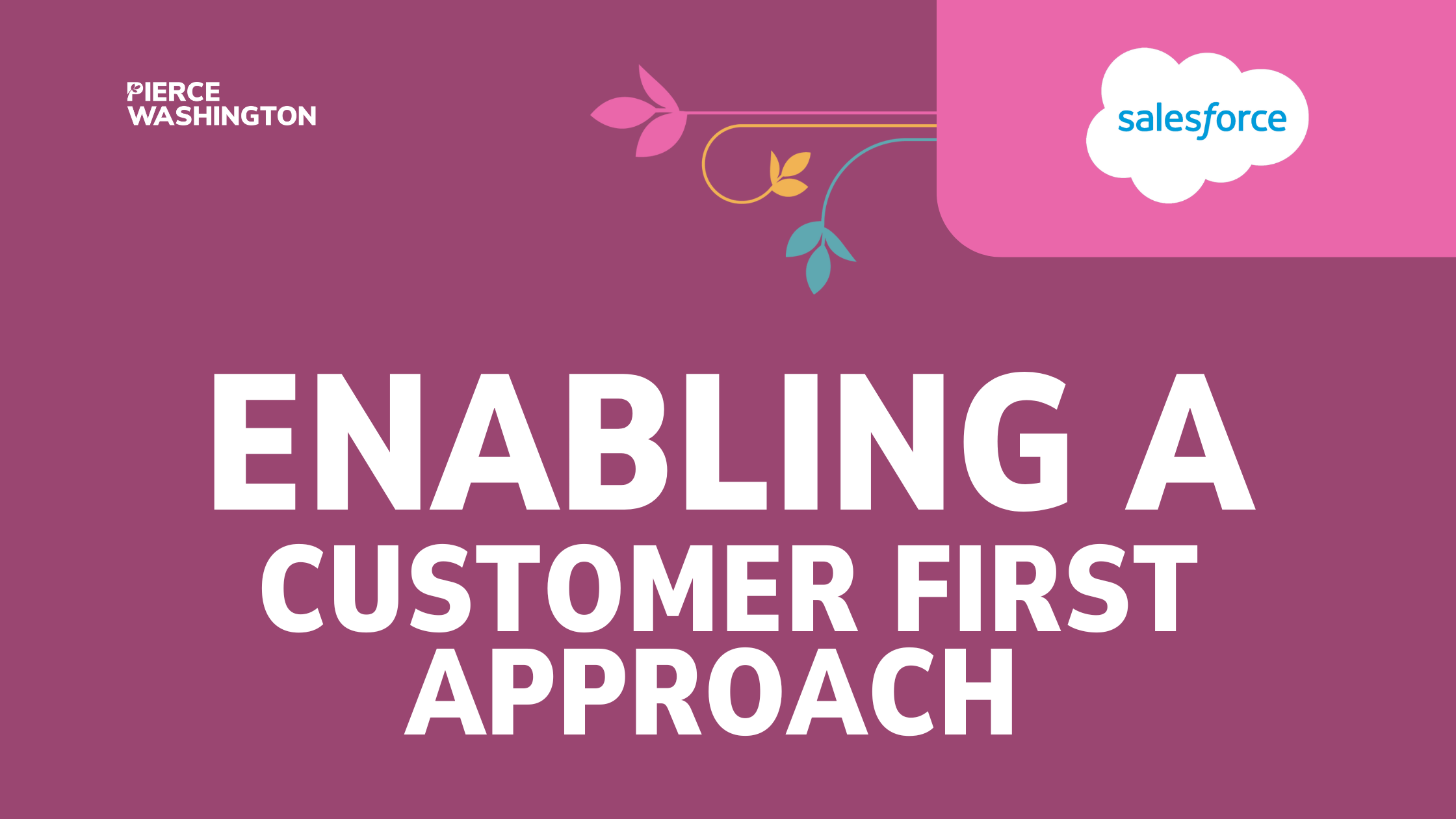Salesforce Revenue Cloud enables a true customer-first approach for B2B companies via headless commerce.
Now that it’s officially released, here are a few helpful things to know about the new Revenue Cloud and its transformational customer UI.
Humans have been communicating for around 65,000 years according to cave paintings—the earliest billboards, perhaps. The essential goal hasn’t changed since then. That is to encourage others to consume our thoughts, products, or services. What has evolved is our understanding that successful transactions have everything to do with customer experience. In fact, companies today must be exceedingly good at CX to succeed. Because in today’s unforgiving marketplace even a single jarring step in the purchase process can cause buyers to drop out and turn to competitors that offer a more user-friendly experience. Fortunately, Revenue Cloud enables B2B companies, even those with highly complex offerings, to offer sophisticated, customer-first buying experiences. The new software with headless commerce UI eliminates friction and empowers customers with B2B self-service in ways never before possible. That drives sales, along with customer satisfaction and lifetime value, to new levels. For this reason, it’s a particularly exciting time to be a B2B seller. If Revenue Cloud with new and improved customer UI has piqued your interest and got you imagining the possibilities, read on for some key insights.
Think of a customer-first approach as the difference between cooperation and coercion.

The alternative approach is coercion. If your company, product, or service is the only option for buyers, you may not need a customer-first approach. Because you can look to other ways to increase revenue or boost margins, like reducing costs or throttling up production and volume. But this isn’t reality for most B2B companies, not with so many readily available options online. So, one of the best and first levers to pull to drive revenue today is through improved B2B self-service via a headless commerce driven customer UI.
A customer-first approach is more than basic online B2B self-service.
B2B self-service is very on-trend right now because it’s relatively low-hanging fruit for driving revenue through technology. And, because it’s web-based, works and sells 24-7 and never sleeps. As a result, companies are flocking to online B2B self-service.
It seems simple enough, just put your products or services online with a cart. But it’s not quite that easy. Reality is more complex and nuanced, especially for B2B companies with extremely sophisticated products and services. In fact, you can think of B2B self-service as the ultimate test of your level of understanding of your customers. If done poorly, B2B self-service can backfire spectacularly, effectively annoying and repelling customers. But don’t worry, the challenges pale in comparison to the opportunity and potentially massive upside. If done well, B2B self-service can be truly game-changing, increasing sales and reducing costs like nothing else can. Salesforce Revenue Cloud, effectively implemented by a highly capable SI, can transform your business across all channels, beyond self-service.
Revenue Cloud enables a natively customer-first approach thanks to headless commerce.
Often, business operations are constrained by software rather than the software conforming to optimal processes designed to achieve business goals. Traditionally, this has been the result of having multiple technical modules across a business, all existing in isolation and running on different platforms and technology stacks. These siloed systems can be related to inventory, order management, website, or other building blocks of a business. For many enterprise-level organizations, this long accrued technical debt results in compromises and limitations. It’s not ideal but common for companies to simply become accustomed to these business stifling constraints for both customers and employees.
That’s all changing thanks to Revenue Cloud’s headless commerce approach. Headless simply refers to a decoupled front-end presentation and back-end architecture and functionality. Having the customer UI separate from the back-end logic allows businesses to create customized user experiences while leveraging Salesforce’s headless commerce and revenue management capabilities. This is possible because Revenue Cloud uses APIs to integrate front- and back-end systems. That eliminates siloed tech constraints and creates a seamless end-to-end flow of services on top that access all the separate business modules below and behind the scenes. This allows B2B companies to better control how users navigate their purchase process. And users (customers and employees) are able to buy, sell, and interact more easily through one simple, unified layer for all aspects of transactions.
In other words, with Revenue Cloud you can give customers exactly what they want and need in the cleanest, simplest and most compelling way possible while connecting all the vital systems and data that turn the gears of your business. This is the customer-first approach (and why there’s so much buzz about it).
Early adopters of Revenue Cloud are being rewarded with higher customer satisfaction and sales. But where do you begin?

That makes this a great opportunity for businesses to jump out ahead of competitors. If you’re looking towards next fiscal year for revenue transformation with Revenue Cloud, now is the time to begin reevaluating your selling landscape and thinking in terms of an API driven headless commerce strategy.
Following are two actionable things you can do to get the ball rolling without much cost.
First and foremost, executives and decision-makers should purchase their own products and services. It seems obvious but it can be very enlightening to walk for a moment in your customers’ shoes. Whether you sell a physical product or software or a service, order a unit and expense it. It’s good to be reminded what your customers encounter when they buy from you. Often there are speed bumps in the process that stifle sales. This simple process generates a huge amount of empathy for end users and will trigger a creative process to improve customer experience.
The next step is a more structured, deeper dive into your user journey. You map in detail the interactions of all users in your transactions, everyone that has input in the process. Identify customers that are willing to participate. Their point of view and feedback is priceless. Include business representatives, paying attention to the employee experience because they will ultimately deliver the value. Mapping sessions can take two or three days but will yield an invaluable perspective and roadmap, as well as reveal where to start and project prioritization.
If the initial step towards customer-first, B2B self-service with Revenue Cloud seem intimidating, Pierce Washington’s CX Lab can help.
Often, customers come to us without knowing exactly what they want, having only general ideas. That’s why we created our CX Lab. The pre-sales process involves a series of steps that help surface the real underlying needs of a business. For example, if the primary business need is determined to be increasing sales, we interview marketing directors and revenue managers. We explore their sales channels and look at their current technology and architecture. We experience firsthand exactly how purchases and things like sign-up processes work. The output of the CX Lab is an executable roadmap, often with working prototype, for a self-service ordering portal, as well as an implementation estimate. We make the first step toward reaching your own customer-first buying experience painless. And there’s no commitment, so nothing to lose and much to gain, including priceless clarity from uncertainty.
Learn more about revolutionizing CX across all channels with Salesforce Revenue Cloud.
Hear from two (of very few) Revenue Cloud experts in the world. Check out their fascinating conversation on headless commerce and next-level customer UI. Watch or download the recent webinar, now available on-demand, here.
PW is one of the only SI’s in the world that has been formally trained by Salesforce on Revenue Cloud Advanced, both in the US and UK. We are also templatizing the Revenue Cloud Advanced implementation process with our Total Commerce adoption accelerator. Additionally, we’ve already built a UI framework that simplifies and speeds the process of creating unique and next-level buyer experiences in Revenue Cloud Advanced. That means we’re one of the only SI’s that can ensure a smooth and efficient adoption of or migration to Revenue Cloud Advanced, while reducing consulting time and fees.
When you think of Revenue Cloud Advanced, think of Pierce Washington. Check out our full Revenue Cloud Advanced Hub.
